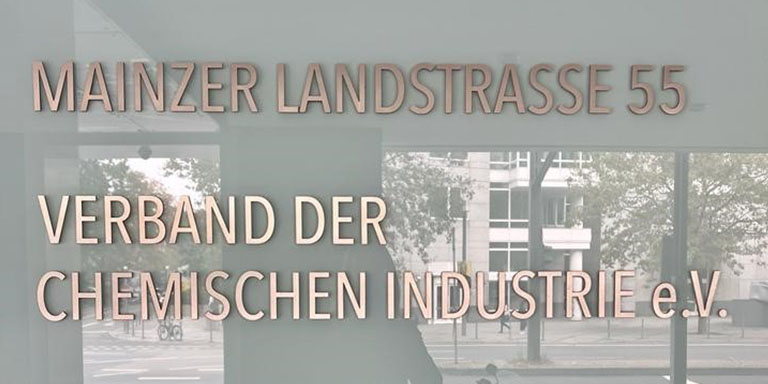We're better together
How we collaborate

News

With the Ecodesign for Sustainable Products Regulation (ESPR) on its way, the Digital Product Passport (DPP), that will be part of the ESPR, is quickly becoming a subject of discussion within the chemical industry. An industry often at the very beginning of the supply chain.
What many people do not realize is that the DPP will be the full responsibility of the OEM, and not of the companies in its supply chain. This means that increasingly, more OEMs will start to ask for ingredient, production and supply chain data of the materials and components they purchase. And they’ll prefer to get such data in an automated, structured and interoperable way, so that it can be easily integrated into their Product Passports, that will be mandatory as of 2027.
Currently, the Number One hurdle is the lack of a standardized global language (an Esperanto of the materials industry) for the exchange of data on materials and ingredients. There are so-called CAS numbers for monomers and polymers, but many materials do not have a CAS number and registration systems are not globally harmonized. Without a standardized language, the DPPs will be of limited value and the risk of greenwashing and misleading use towards labels and consumer communication will increase.
Hurdle Number Two is the lack and consistency of data in the supply chain. At Niaga® we test selected materials in a lab before use by the OEMs and it often turns out that the Material Safety Data Sheet is incomplete, incorrect or too high-level, and with crucial details needed for high level recycling missing. This means that even when the manufacturer of a product wants to be fully transparent, this is not possible without extensive and costly testing by the OEM.
What is needed is a situation - or infrastructure - in which the gathering and sharing of information starts at the very beginning of the chain: at the raw materials level. Data collection should then continue through the whole value chain while protecting IP sensitive information at the same time. This will require years rather than months to put into place and fill with data. Unfortunately, as yet, the language, systems, business case and urgency are missing.
My modest advice to the leaders of the chemical industry was twofold: